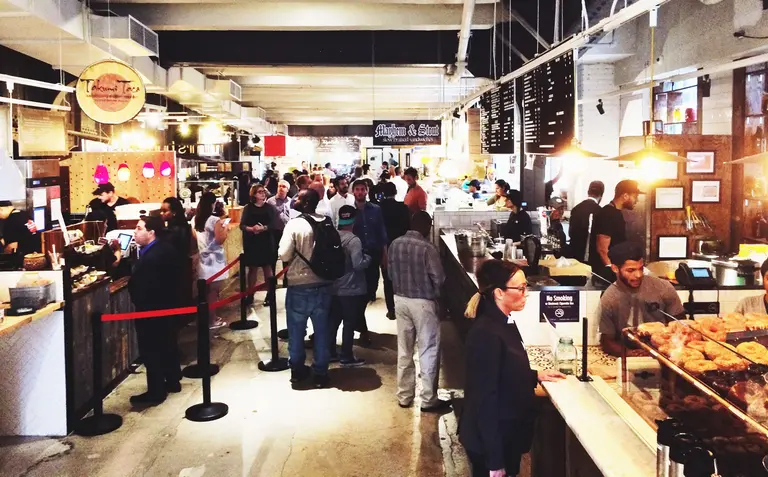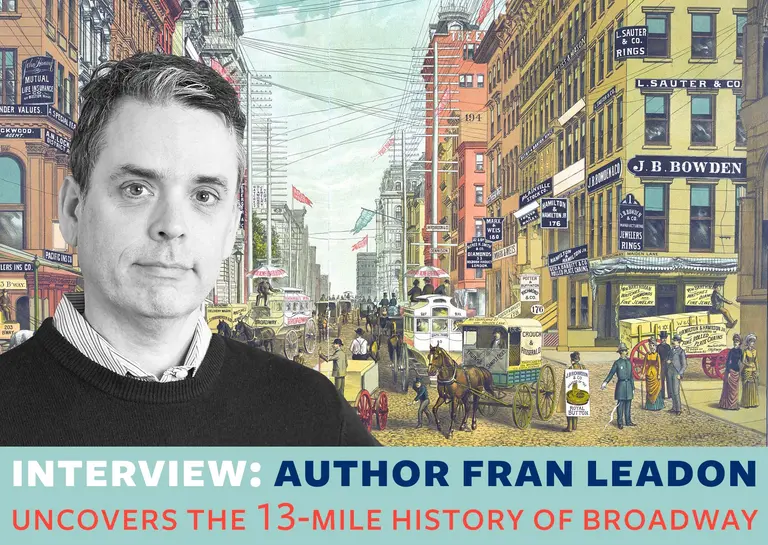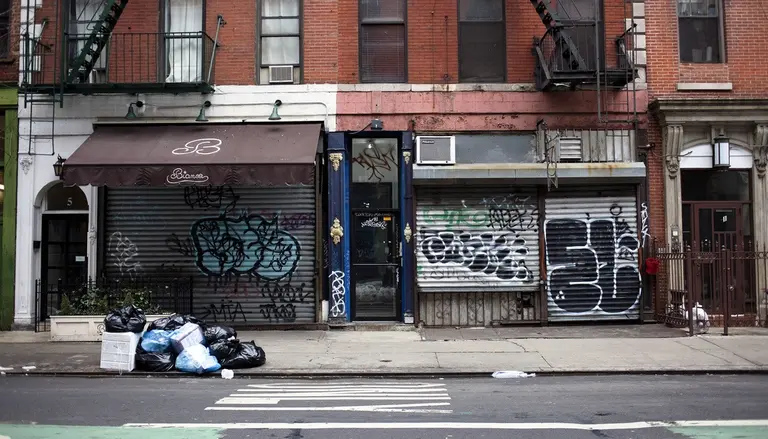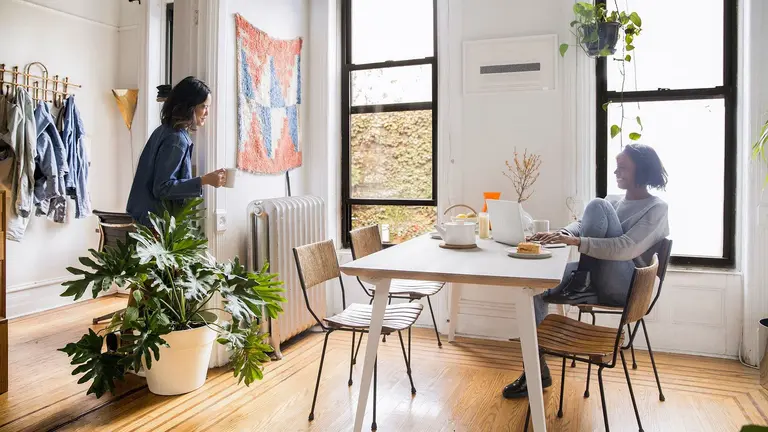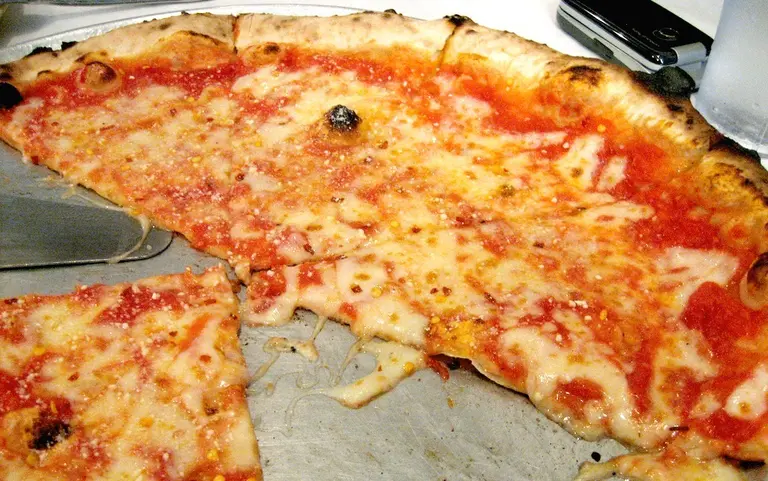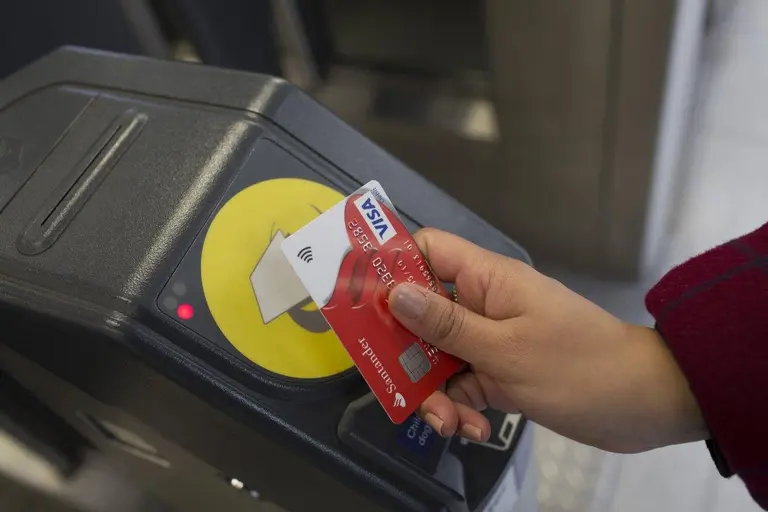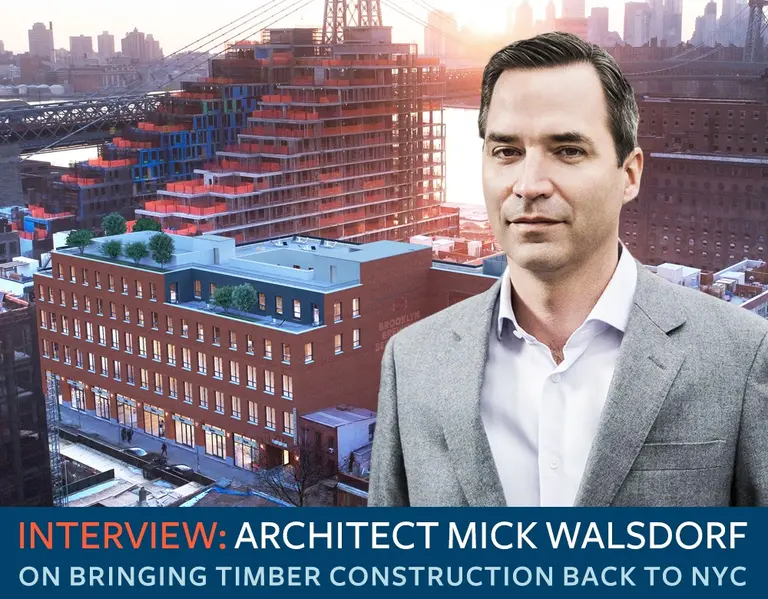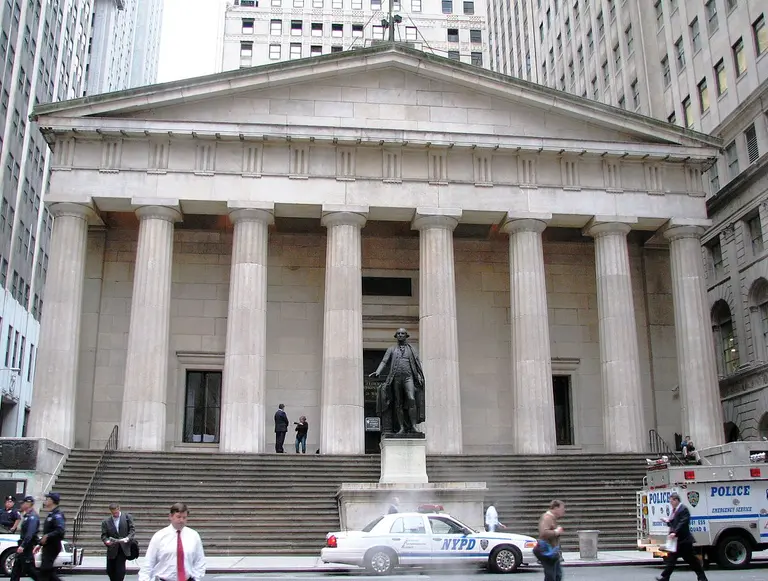April 9, 2018
Photo of Frank Leadon © Katherine Slingluff
In "Broadway: A History of New York City in Thirteen Miles," architect Fran Leadon takes on a monumental task: to uncover the news events, people, businesses, and buildings--mile by mile--that have contributed to New York's best-known street. Beginning as a muddy path that cut through the Dutch colony of New Amsterdam and dissolved into farmland, Broadway has evolved over 200 years to host a chaotic mix of traffic, hotels, stores, theaters, churches, and people. In its first mile, you can see 400 years of history, from the Civil War to the emergence of skyscrapers. Moving uptown, Broadway takes us to the city's cherished public spaces--Union Square, Herald Square and Times Square--as well as the Theater District and Great White Way. The street continues to upper Manhattan, where the story of urban renewal plays out, then cuts through the Bronx and winds all the way to Albany.
In his book, Leadon focuses on Manhattan's relationship with Broadway, making the argument that you can tell the story of NYC--and even the country--through these 13 miles. "Broadway was never just a thoroughfare; it has always been, first and foremost, a place," he writes. With 6sqft, Leadon talks about understanding Broadway, a street he often experienced in fragments, as a single 13-mile thoroughfare that serves as the lifeblood of New York. He also discusses how years of research and discovery made it to the pages, surprising histories that emerged along the way, and why he's still writing the history of Broadway in his head.
Keep reading
